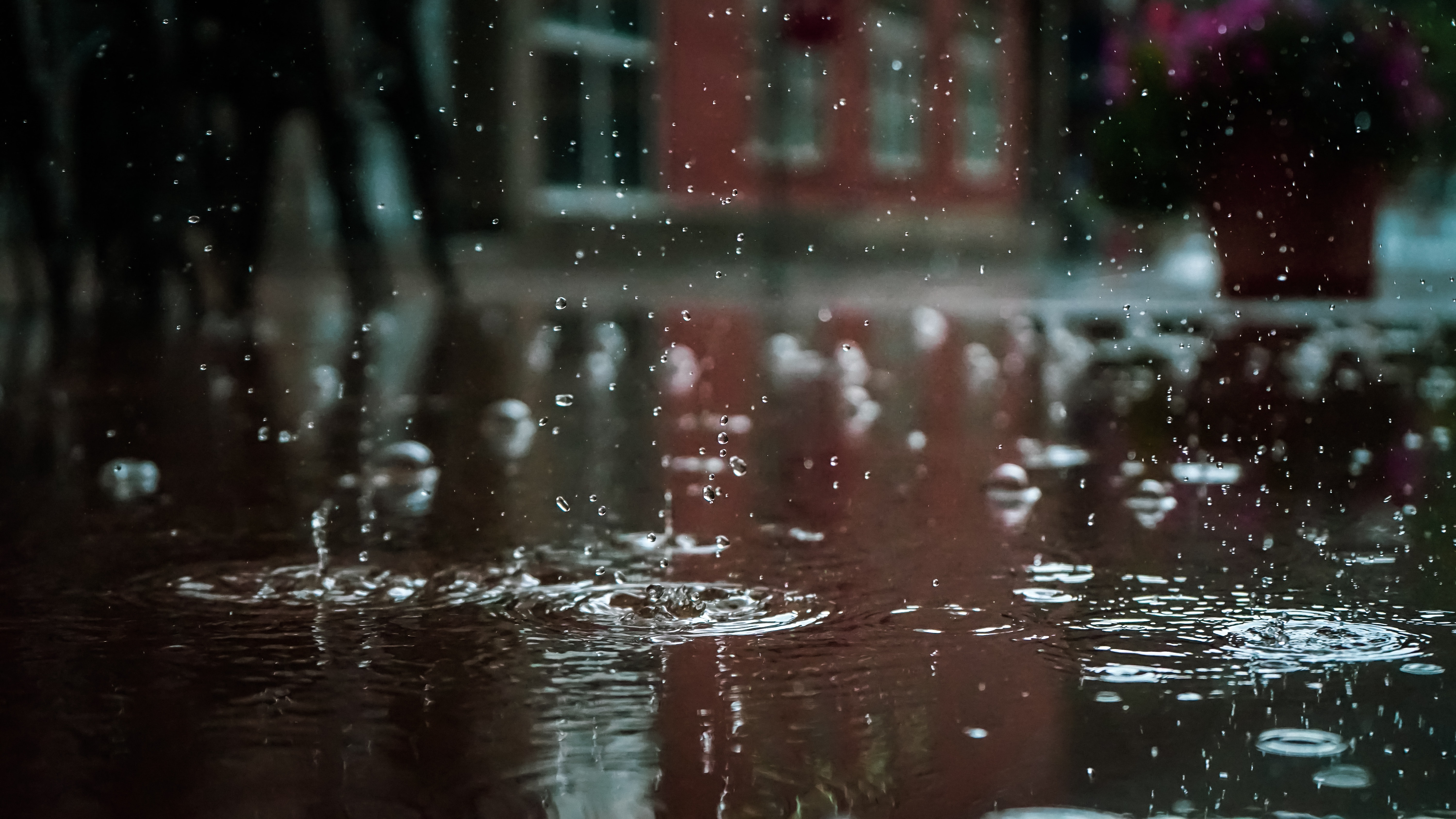How to Determine If You Live In a Flood Zone (and Why That Matters In California)

Being a homeowner comes with plenty of added responsibilities. There's a lot to take care of when it comes to homes. One of those essential things to take care of is determining whether or not you are located in a flood zone. This is especially true for California homeowners since it is a highly flood-prone state …
In fact, every county in California has been declared a flood disaster area multiple times.
Figuring out if a home is at risk of flooding isn't always as simple as looking around to see if there's a nearby ocean or lake. Flooding in California can be caused by heavy rainfall, snow run-off, and overflowing reservoirs. It's not always immediately apparent if your home is the path of these issues. To determine if you might be in harm's way check your natural hazard disclosure.
California state law requires home sellers to provide a natural hazard disclosure, or NHD report, to homebuyers. So whether you are looking to buy a certain home or you bought it years ago, you should have been provided with one of these reports. Check the section on special flood areas to read about the risk to your home.
A special flood hazard area is a zone that FEMA says “will be inundated by the flood event having a 1-percent chance of being equaled or exceeded in any given year.” If your home is in one of these areas, there is a 26 percent chance that your property will experience flood damage over the course of a 30-year mortgage.
You might be wondering if it's really worth your time to read a report about your natural disaster risk because you can't do anything to prevent a natural disaster when it comes. In actuality, however, there are plenty of things you can do to minimize damage during a flood disaster. Here's why it matters to know whether or not you are in danger of potential flood damage:
1) Increasingly Extreme Weather
The first reason that you need to be aware of the flood danger to your home is that due to increasingly volatile weather patterns in California, floods are likely to occur more frequently in flood zones.
A 2018 study found that California's dry season is increasing in length, while the wet season is becoming more intense. With heavier rains in the wet season, neighborhoods in proximity to water reservoirs and dams could be at risk of flooding.
It's not just overflowing reservoirs that California residents need to watch out for, however. Unusually wet winters followed by unusually warm springs can cause the snowpack to melt faster than is safe. The runoff can become overwhelming and homes near the mountains may be at risk.
2) Be Proactive and Safeguard Your Home
One of the most important reasons to check your natural hazard disclosure for flood risk is so you can be proactive in protecting your home. One of the ways to do this is to look at your home insurance policy.
You'll most likely have some type of insurance policy, but if you live in a flood zone, but it's important to look carefully at what is covered. Look for the insurance policy that has the best coverage in case of flooding. You can sleep easy knowing you've protected yourself financially when you solid insurance coverage.
In addition to insurance, you can also safeguard your home through home renovations. Installing flood prevention tools like foundation vents or sump pumps can make a huge difference when a flood moves in.
You may want to consider also waterproofing your basement, or in extremely high-risk areas, raising your home on stilts. Investments like these are almost guaranteed to pay off later.
3) Earthquake Zones Increase the Dangers of Flooding
California is especially dangerous when the risks of multiple natural disasters are combined. In other states, you may have to worry about flooding, but it's especially important for Californians to know their risks in case their home is also located in an earthquake zone.
Flooding followed by earthquakes can cause severe mudslides. Once you know if you're in a flood zone, check your NHD report to find out how close you are to areas with lots of seismic activity. If your risk of flooding and earthquake damage is high, you should invest in some protection against mudslides.
Retaining walls are highly effective in protecting homes during minor mudslides. Sandbags can also do the trick. Planting more vegetation on nearby hills and mountains can also help hold the soil in place, meaning mudslides will be less likely to occur.
4) Understanding Your Property Value
California real estate is a valuable asset. Any California homeowner should understand the risks of their investment before the purchase. Whether you're thinking about short term resale value or long term increases in value, levels of flood risk will play a role. Your NHD report is important to read thoroughly and understand in order to have an educated idea about the value of your home.
It's important to know if you're investment will need major repairs in the future due to flood damage. When thinking about the financial benefits of your home, be sure to factor in possible unexpected costs like that. This can affect the amount of profit you'll receive from this investment.
If you're lucky and you don't have to deal with significant amounts of flood damage, future potential buyers may be deterred by the risks associated with being in a flood zone. Your home may not appreciate in value as quickly as other homes because of this.
This is why it's important to know your risks so you can properly understand how much your home is worth. This knowledge will help you get a fair price for your property. Once you've read the natural hazard disclosure, be sure to factor in risks when putting in an offer.
Take Advantage of Your Natural Hazard Disclosure
Lucky for California homeowners, there's no need to worry about flooding because there's plenty of time to prepare. Use your NHD report to gauge your risk, and take the necessary precautions to protect your home and your family.

